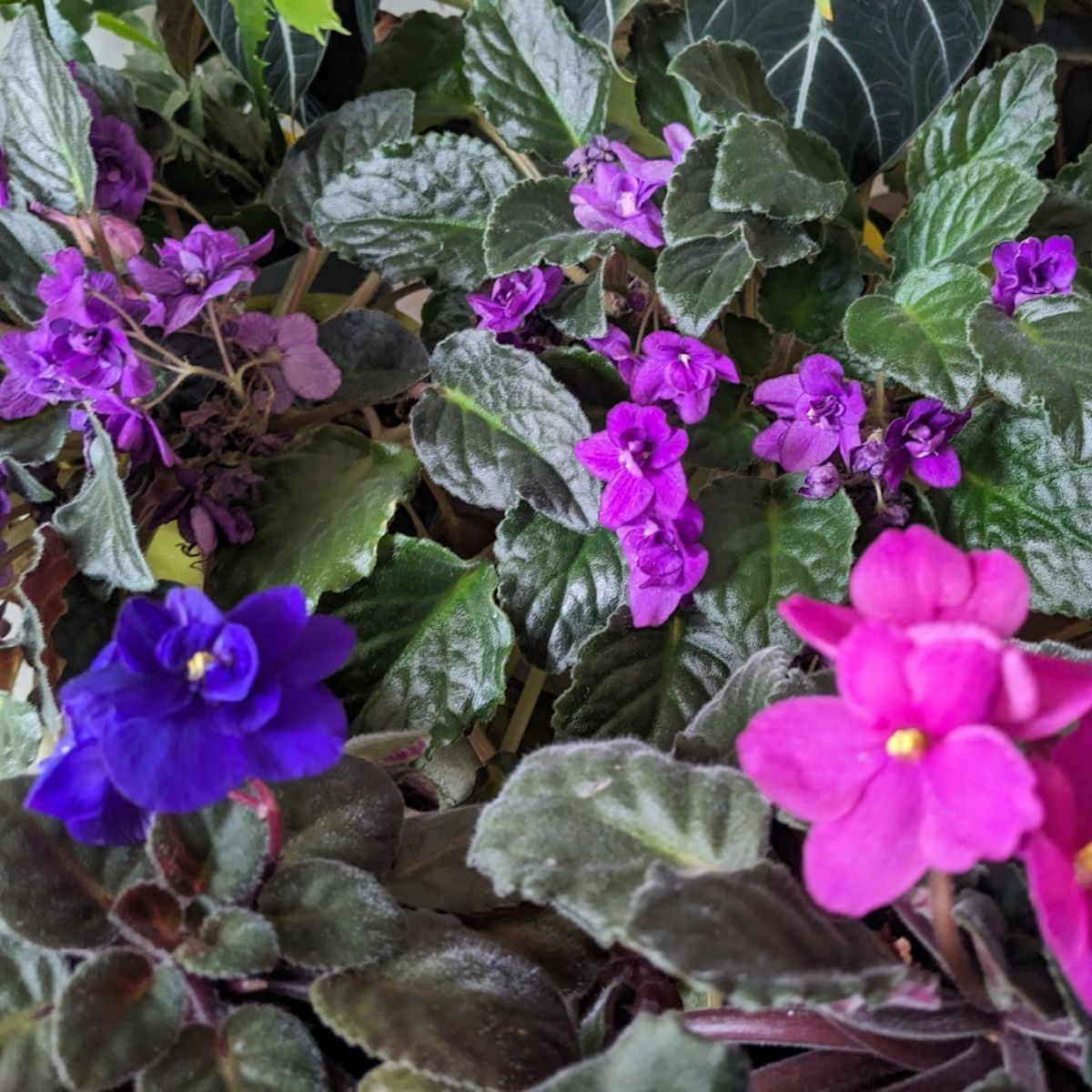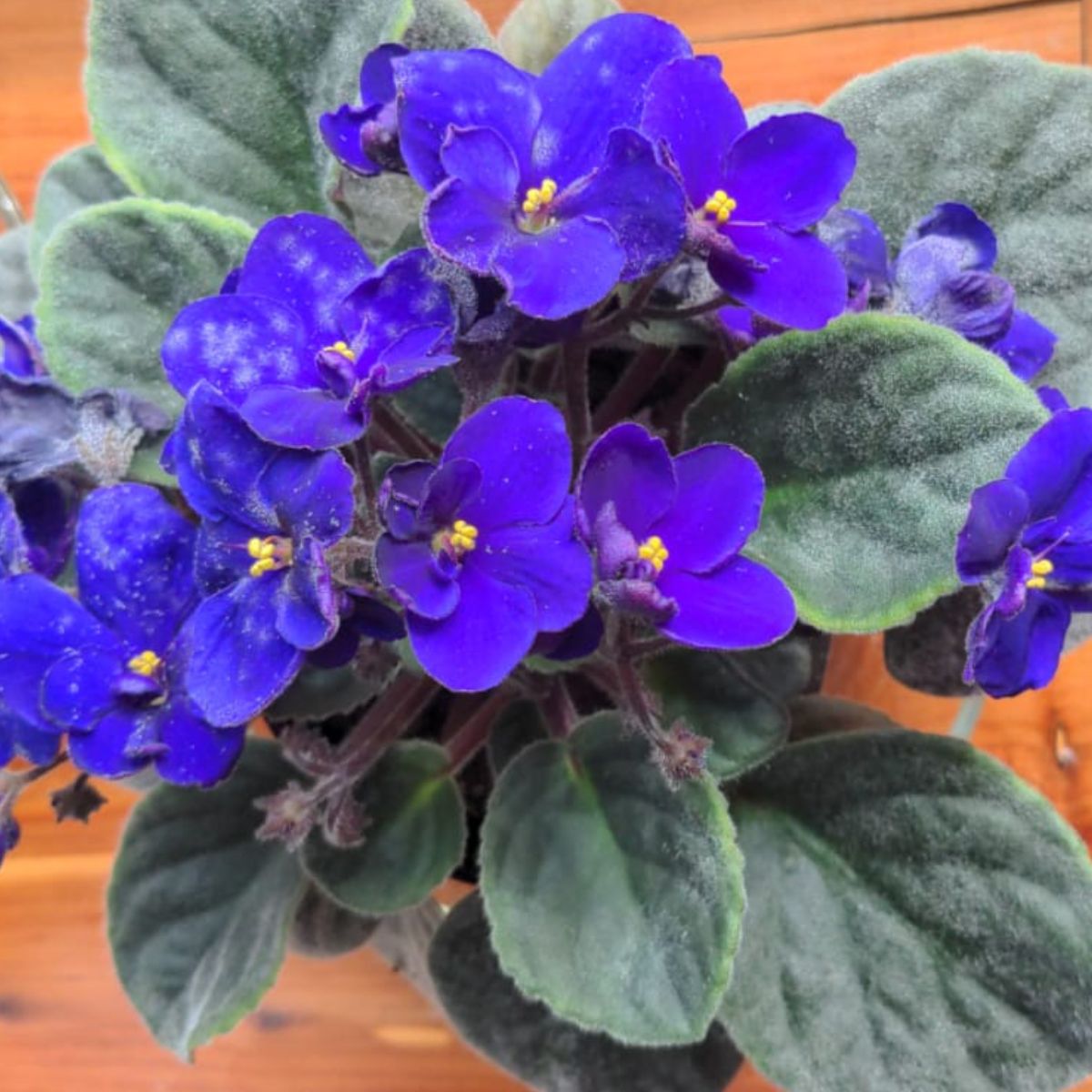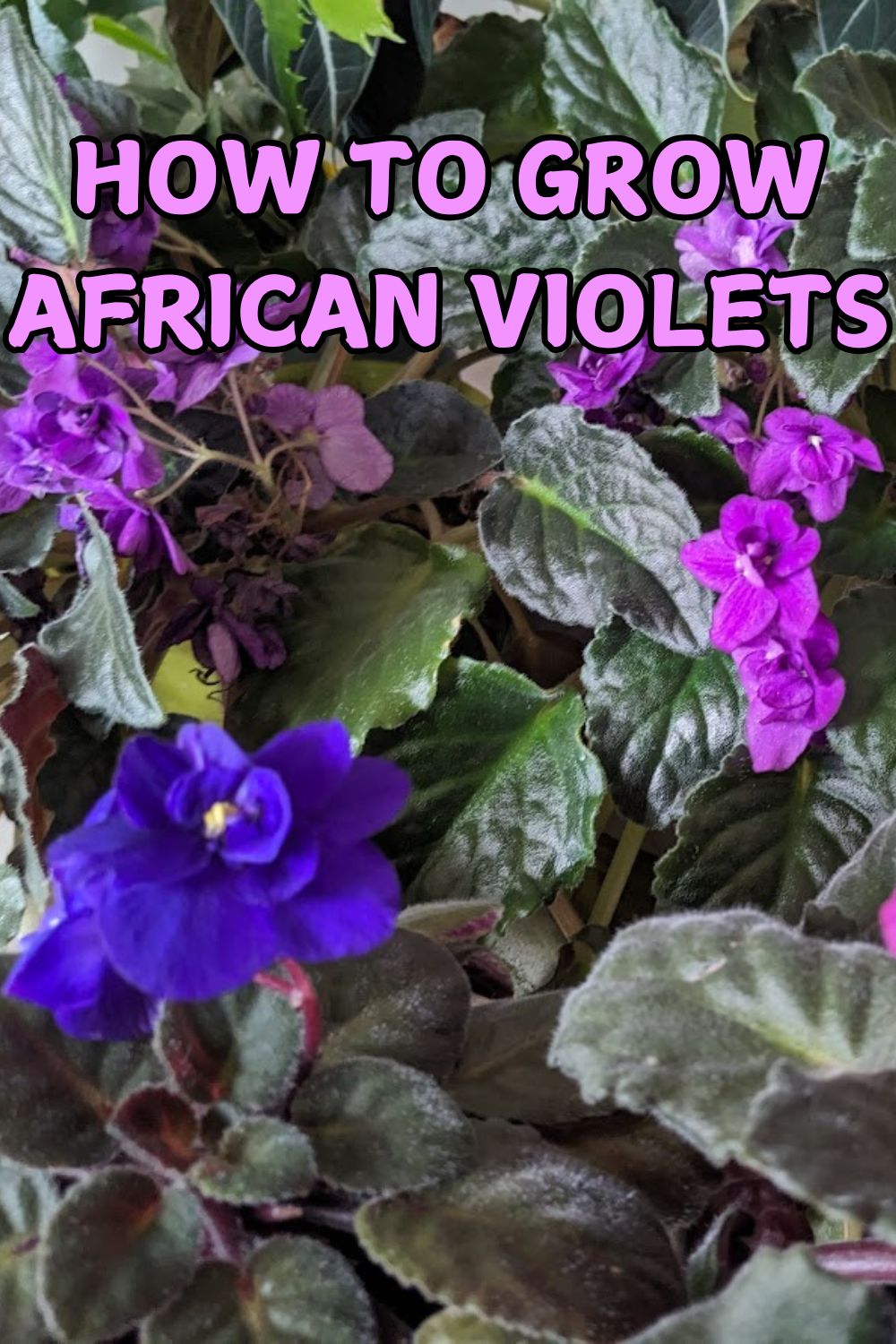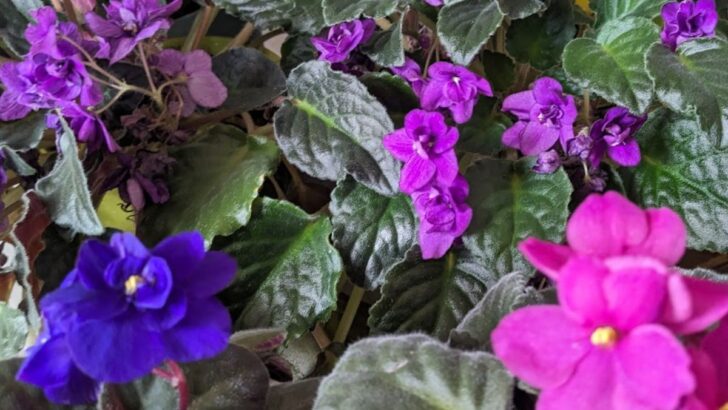African violets are one of the most misunderstood plans around because their care is atypical. Even commercial growers often don’t treat them properly. They aren’t difficult to grow, once you know the correct procedures. Rescue some from your local plant store today and treat them right!

How to Grow African Violets

Use the right potting soil
Good African violet potting soil is available in small bags. It’s made primarily from pine bark and sand. It should be mixed 2 to 1 with Perlite to aerate the soil and give the roots room to grow.
Growers may have your violet planted in peat moss for economic reasons, but you should re-pot them. Although they tolerate the peat much better than most plants, too much of it will kill them. The specialized soil will allow much better drainage which your violet loves. African violet roots will rot easily if sitting in soil that is too moist and has no drainage.
Learn more about the best soil for African violets.
Make sure you post them in a well draining pot
Violet pots are special clay pots that fit one inside the other. Water goes in the bottom pot and your plant in the top. Water can be drawn from the bottom pot into the top by the porous clay bottom of the top pot. They are the easiest way to help assure the plants get exactly the right amount of water.
These violet pots are convenient and attractive, but not absolutely necessary. A 4-inch plastic pot with good drainage holes will work very well. Place it in a bowl or tray from which it can draw water from the bottom holes. Twenty or thirty minutes after watering, drain the tray. The roots cannot tolerate sitting in water too long or they will rot.
Use room temperature water
Always use room temperature water containing African violet plant food. You should leave the water out overnight to evaporate the chlorine off. Too much chlorine will cause leaf burn and reduce flowering.
Get the lighting right

Light is one of the biggest considerations. Many serious growers have racks set up with carefully measured grow lights set to exact timings. Don’t worry; you don’t need all that. Plain strong lights are fine. Setting them in the morning sun is fine, but they don’t like full sun exposure all the time. Indirect light is best.
Plan for the space they need to grow
If you have multiple plants, make sure their leaves don’t touch each other. When fully mature each plant will be over 12 inches in diameter.
As they grow they need to be repotted into bigger containers, but never too big. Even if not needed for growth reasons, it’s a good idea to repot your African violet every couple years or so. Soil becomes stale and loses nutritional value. Be sure to wash the pot thoroughly if you want to use the same one again.
A list of don’ts
Growing African violets is more knowing what you shouldn’t do! Here is a list of these items:
- Drops of water on the leaves will cause dead spots.
- Don’t use cold water, as it will make the leaves curl downward and turn brown.
- Never water with water-softened water.
- Don’t allow sucker plants to start on the main stem.
- Don’t let dust gather on the leaves.
- Don’t keep them anywhere where the temperature will change suddenly.
- Don’t put them outside.
- Don’t keep the soil moist.
- Don’t leave dead leaves and flowers on the plant.
How to Propagate African Violets

- African violet seeds are readily available in garden centers or online. If you already have a healthy plant, you can easily propagate it from a leaf planted in soil and watered, or grown in a jar with water.
- Suckers are new baby plants that grow off the stem of a healthy violet. These should be removed and can be planted in a separate pot to become a new plant. The old plant may appear lopsided after the sucker-ectomy, but it will soon reshape itself.
- If you’re feeling adventurous, go ahead and buy the half-dead African violets you see at the grocery or hardware store. They can probably be revived.
A healthy African violet will bloom for nine months and rest for three. If your plants don’t bloom, you can encourage them by placing them inside a paper bag for a day or two. After they come out again, they should start blooming. Occasionally remove a couple bottom leaves to promote new growth. Your African violet will be a decorative joy for many years to come.



